Of the Lettuce is in Austria too Main salad called and belongs to the group of garden salads (Lactuca sativa). The axis of the salad is compressed and the leaves form a head made of several layers of leaves that are reminiscent of rose heads. It has always been one of the most popular types of salad, but has been ousted from its first place by other varieties in recent years.
What you should know about lettuce

From a botanical point of view, the lettuce is a one to two year old plant. It has a long taproot with a leaf rosette. Later branched inflorescences with yellow flowers are formed. The closed head is created by the strongly compressed stem axis on which the lettuce leaves that encircle the stalk sit.
The outer leaves bend outwards, the shape is flattened. Most of the time, the leaves have a greater width than length. The surface is not smooth, but wrinkled, but still feels soft and a little oily. The usual color of the lettuce is green, with the outer leaves being darker and stronger than the inner leaves. They are usually light green to whitish. However, there are also types of lettuce that have red and yellow leaves. During the flowering period, the axis is elongated. Depending on the variety, the heads tend to stay closed in summer than others. Some bloom quickly.
It is believed that the lettuce comes from the wild lettuce (Lactuca serriola). This is a steppe plant that is found in Western Asia and Southern Europe. The lettuce has a long tradition and was eaten in ancient Egypt, Greece and Rome. From the 8th century it can be found in records from the time of Charlemagne. It was used under the name Lactuca in the Middle Ages, although the exact preparation is not known. The first illustrations can be found in books on herbs from the 16th century. The first known comes from Joachim Camerarius. At the court of Louis XIV, the lettuce was grown in a protected manner, as the demand was very high.
At the end of the 19th century, Friedrich Alefeld described 44 types of lettuce, but not all of them are available in Germany today.
Lettuce is grown both outdoors and in greenhouses. It is therefore available all year round, although increased nitrate content has been increasingly found in the heads grown in the greenhouse. This can impair the supply of the organs with oxygen. It is also said to be cancerous. For this reason, lettuce from outside is recommended. This will be available in Germany from May and can be found in supermarkets throughout the summer. In some countries, lettuce is also used as a vegetable. Because of its taste, it is also known as butter salad. Freshly harvested, it has a buttery consistency and a spicy taste.
Importance to health
The calorie and fat content of lettuce is very low. For this reason, the salad is very popular with many. It also has a very high fiber content.
In contrast, the vitamin content is rather low. Most other types of lettuce have a higher proportion of different vitamins than lettuce. Nevertheless, it has a significant amount of vitamin A, which has a positive effect on the skin and eyes. Contrary to popular belief, lettuce is not as healthy as it is popularly claimed, but it is quite tasty when properly prepared.
Ingredients & nutritional values
100 grams of lettuce have around 14 calories. The salad consists of 96 percent water. In addition, 100 grams contain around 1.25 grams of protein, only 0.21 grams of fat and 0.5 grams of fiber. In addition, the same amount of lettuce has 7 milligrams of sodium, 11 milligrams of magnesium, 26 milligrams of phosphorus and another ten times as much potassium. The amount of iron is around 1.8 milligrams and that of calcium around 35 milligrams.
Intolerances & allergies
In principle, intolerance or allergies to any food can occur. This is also the case with lettuce, although the corresponding intolerances tend to occur rarely, which is also due to the high water content.
Shopping & kitchen tips
When shopping for lettuce, you should pay attention to whether the cut surface of the stalk still looks fresh or has changed color. If it is brown or even darker, the head has been lying for a while. Lettuce doesn't last long, which is why it should be eaten quickly after shopping. It is very sensitive and has a tendency to rot and wither quickly. Sensitivity is required when harvesting.
Because of this, appropriate care should be taken during storage. If you don't plan to eat the lettuce the same day or the next day, you can try spraying it with water and wrapping it in paper. It should stay in the fridge's vegetable compartment for at least a few days.
To prepare lettuce, the outer leaves are first removed, which may no longer appear fresh. These are disposed of. Then the thick end of the stem is removed, after which the individual leaves can be detached from the stem. This happens little by little. If you prefer the firm, inner leaves, you can also dispose of the outer leaves - however, the bright green leaves contain most of the ingredients. The lettuce should be washed in any case.
Then it can be spun dry with a salad spinner, for example. Depending on the recipe, the leaves are torn or cut into small pieces. The light, small hearts of the lettuce, which should be crisp and fresh, are particularly popular.
Preparation tips
The lettuce is mainly used for mixed or pure green salads. For centuries it has been the first choice as an accompaniment to fish, meat or other dishes. It can be combined well with other types of salad and can also be mixed and served with tomatoes, cucumbers or radishes. Different dressings go well with the lettuce. Yogurt and herb dressings are suitable, but vinegar oil is also often used. In parts of Germany, lettuce is served with a sweet sauce.
The salad is also often used as a base or decoration for cold dishes. In restaurants, it enhances the plate in combination with other types of salad. To this day, lettuce is still the first choice for topping sandwiches. The same applies to sandwiches, by the way. In addition, lettuce can also be cooked. An example of this is its use in pea soup. This method is rather uncommon in Germany, but is used more frequently in other countries. It can also be used in Asian cuisine. For example, it can be used as a filling or cover for spring or rice paper rolls.

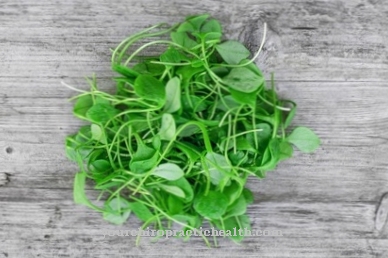
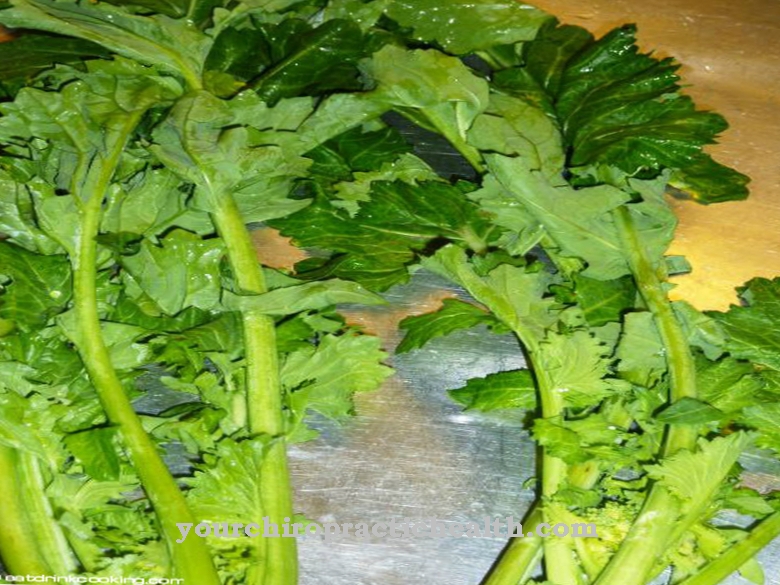
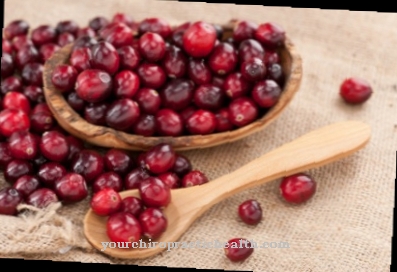
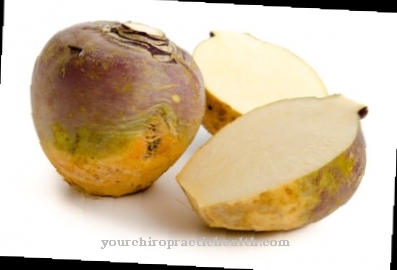

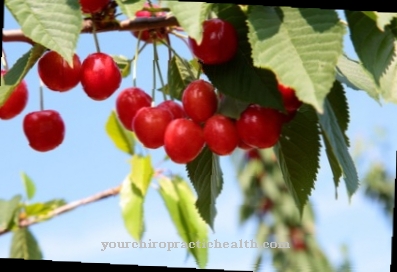

















.jpg)



